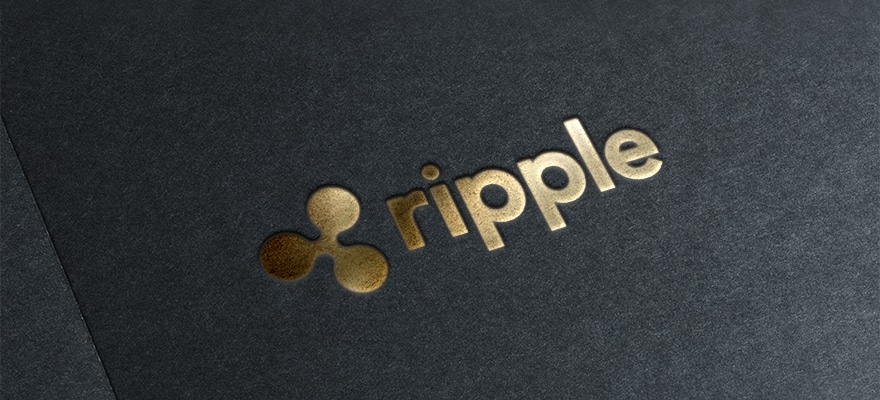Ripple has been enduring an incredible surge over the past month. On Friday, the digital currency briefly leaped ahead of Ethereum to grab the second spot among all global virtual currencies. Ripple has climbed around 60% over the past week, and roughly 35% in the past 24 hours. At its peak, it managed to obtain a market cap of $73.65 billion. Since reaching the milestone, it has regressed back to third place on the list.
Discover credible partners and premium clients at China’s leading finance event!
After a highly bullish 2 weeks, during which it was able to achieve new heights, the cryptocurrency has been aided by the recently forged partnership between SBI Ripple Asia and Japan’s largest credit card companies. Considering the market share of the companies involved in the agreement, this deal boosted investors’ confidence in the currency. The agreement “aims to enable round-the-clock settlement at a significant cost reduction to its members and their consumers,” in what has been referred to as a “credit card consortium.”
Rising when all the rest are falling
The news of the consortium has sparked major interest across the crypto industry, with a particular emphasis on Asian markets. The increased buzz has led to much greater demand for Ripple, thereby creating an elevated price that has been relatively constant in its ascent. While much of the market has been declining over the past few days, Ripple has held strong, and continues to post strong gains on a daily basis.
Another reason for Ripple’s continued climb can be attributed to rumors surrounding Coinbase adding the cryptocurrency to its platform. Once trading becomes enabled on Coinbase, a great of traders would gain exposure to Ripple, likely creating much greater volume levels. According to the New York Times: “The number of people with Coinbase accounts has gone from 5.5 million in January to 13.3 million at the end of November, according to data from the Altana Digital Currency Fund. In late November, Coinbase was sometimes getting 100,000 new customers a day — leaving the company with more customers than Charles Schwab and E-Trade.”

















